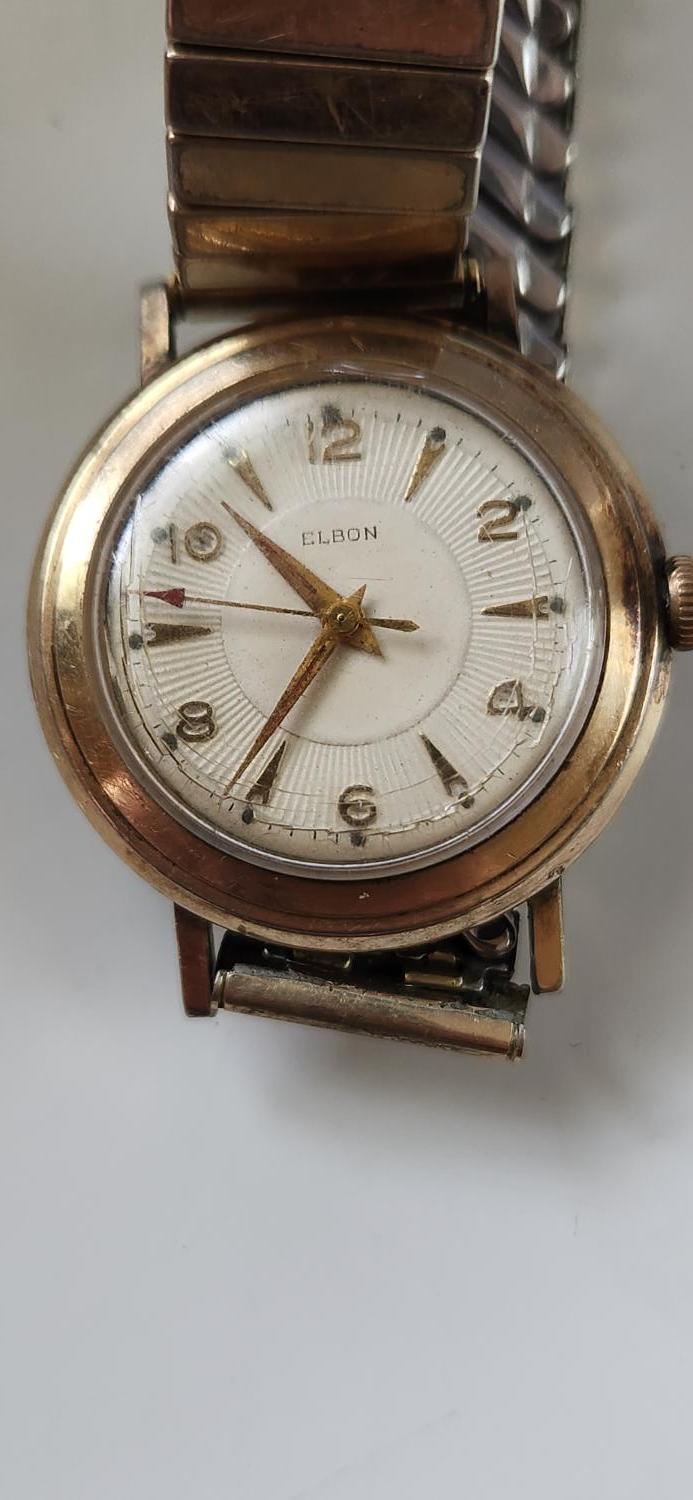Changing cannon pinion height ETA 2824
-
Recently Browsing
- No registered users viewing this page.
-
Topics
-
Posts
-
Those two movements are often referred to as Aegler-Rebberg movements, but other similar movements also carried the Rebberg depose stamps on the dial plate. The 25.74mm movement I showed photos of above is not either a Nr. 52 or Nr. 53. From the same site “When the term Rebberg Déposé is seen on an Aegler movement, it could refer to the registered trademark or the registered design, but the movement is usually one of the two registered designs shown…” (italics mine). Whilst movements thus stamped usually do match those design drawings, they exist in several sizes and are separate movements in terms of spare parts like the stem the OP is seeking. The first few times I encountered these movements I assumed that being Aegler calibres, I’d be able to easily identify them and therefore search for parts/parts movements if needed. I learned quickly that my assumption was flawed and there are several very similar movements, some of which are very difficult to identify. Unless a seller specifies the size of a parts movement, it is risky to order them on the basis of identical appearance. In my experience, the older one of these movements is, the harder it is to identify it. Best Regards, Mark
-
By rjenkinsgb · Posted
I recognised it (or thought I did) - it's virtually the mirror image of a Rolex Rebberg 600 I restored for a friend! https://ranfft.org/caliber/9371-Rolex-600 It's easy to find photos of watches with the same movement you have - just search 1915 or 1920 Rebberg - but none of the watch listings I've found so far gives the calibre, unfortunately. For a stem, I'd try a pack of mixed ones; try and find a suitable on to fit the sliding clutch, that you can then measure, and use them to gauge the diameter at the setting lever - or if you are lucky, there may be one that just works. eg. https://www.ebay.co.uk/itm/201125197829 -
By RichardHarris123 · Posted
https://www.britishmuseum.org/collection/term/BIOG81247 Hard to make out the lower left symbol but I think 1829. Not parts will be available. -
The video doesn't help me. What lathe are you using and is it true. To be fair to you I don't think I can help certainly not by looking at a video, I need to be their. Have you tried another cutter?
-








Recommended Posts